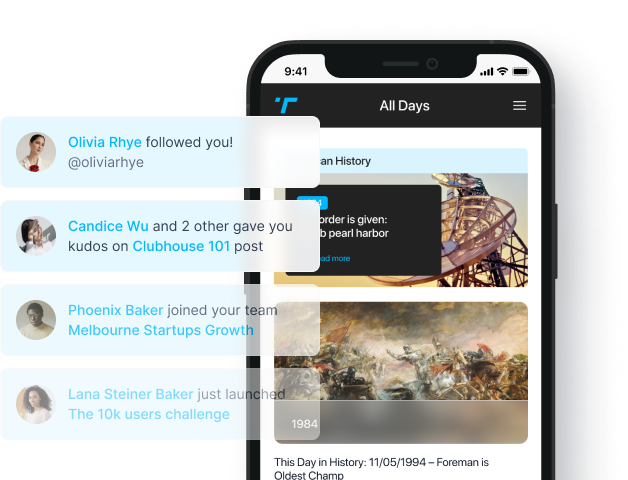Flashback to October 29
World History

1991
The American Galileo spacecraft makes its closest approach to 951 Gaspra, becoming the first probe to visit an asteroid.
Read moreThe monumental event in space exploration history occurred on October 29, 1991, when the American Galileo spacecraft embarked on an extraordinary journey, becoming the first probe to visit an asteroid, specifically 951 Gaspra. This remarkable achievement by Galileo, a product of American engineering and scientific innovation, is an event etched deeply in the annals of space exploration history.
The Galileo spacecraft was named after Galileo Galilei, the world-renowned astronomer who laid the foundations of modern science. In a bid to gather more details about the vast, unexplored cosmos, Galileo was launched. The probe was extensively designed to study Jupiter and its moons, but it also set a record as the first space probe to closely encounter an asteroid, 951 Gaspra.
951 Gaspra, the first asteroid to receive a visitor from Earth, was in itself a celestial object of great interest. A member of the asteroid belt located between Mars and Jupiter, Gaspra measures approximately 20 kilometers in length. The exploration of this asteroid allowed scientists to gain a more in-depth understanding of the composition and nature of asteroid belts, giving us new insights into these rocky fragments that orbit the sun.
After a long journey fuelled by boundless human curiosity and powered by advanced technology, Galileo made its closest approach to 951 Gaspra on October 29, 1991. The two celestial entities came within 1,600 kilometers of each other, marking the first close encounter between a man-made object and an asteroid. As Galileo whizzed by at a velocity of approximately 8 kilometers per second, the spacecraft’s onboard instruments worked diligently, capturing valuable data.
During the flyby, Galileo took multiple images of 951 Gaspra. The images revealed a rugged, irregular surface with craters and boulders, offering a glimpse into the stark, raw beauty of this space rock. These visuals provided a wealth of knowledge about the structure and composition of asteroids. The data collected from this pioneering mission have been invaluable to scientists, helping to deepen our understanding of the solar system and contributing to advancements in astronomy and planetary science.
Regardless of its primary mission to explore Jupiter and its moons, the visit to 951 Gaspra by the Galileo probe stands as a significant landmark. This exploration of an asteroid was a leap forward in our attempts to understand the mysterious asteroid belt. Galileo’s experience at Gaspra also played a fundamental role in future space missions involving asteroids, paving the way for subsequent asteroid-rendezvous missions like NASA’s Dawn and Japan’s Hayabusa.
Unveiling the mysteries of the universe is a collaborative endeavor shared by scientists, researchers, and engineers worldwide. The Galileo probe’s successful approach to 951 Gaspra was not only a milestone for American space exploration but also a giant leap for global scientific advancement. This historic voyage bridges the gap between the unknown realms of space and the knowledge-seeking minds on Earth.
The 1991 event when the American Galileo spacecraft visited 951 Gaspora will forever be remembered as a turning point in space exploration. Through such missions, scientists make significant strides in comprehending our position and destination in the vast universe. By studying asteroids like 951 Gaspra, we inch ever closer to uncovering the celestial secrets they might hold. The magic of space exploration is that each venture may lead to the next big discovery, helping us chart the path for future missions, and ultimately deepening our understanding of the universe we inhabit.
The adventure of the Galileo spacecraft and its close approach to 951 Gaspra beautifully encapsulates the spirit of space exploration, exhibiting mankind’s inherent curiosity and desire to explore the cosmos. With every spacecraft we launch and every asteroid we study, we continue to push the boundaries of our knowledge, trying to understand the world beyond ours, and to answer the ever-complex question of what lies beyond the horizons of our beautiful blue planet.
We strive for accuracy. If you see something that doesn't look right, click here to contact us!
Sponsored Content

Israeli paratroopers drop into…
On October 29, 1956,…

While en route from…
On October 29, 1998,…

The American Galileo spacecraft…
On October 29, 1991,…

At least 61 people…
"Delhi was struck by…

Leibniz makes the first…
Renowned mathematician, Leibniz, revolutionized…

A hand grenade explodes…
On October 29, 1957,…

